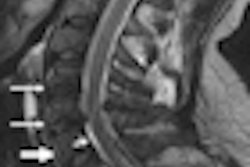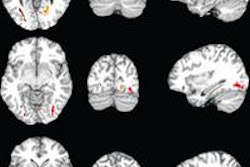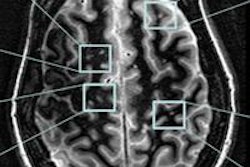An MRI scan of the injection site of a contaminated steroid drug helped give healthcare providers an earlier indication of probable or confirmed fungal spinal or paraspinal infection, according to a study in the June 19 issue of the Journal of the American Medical Association.
The study at St. Joseph Mercy Hospital in Ann Arbor, MI, stemmed from the fungal contamination of a steroid known as methylprednisolone from a compounding pharmacy, resulting in a multistate outbreak of meningitis in the fall of 2012.
While the injections initially were complicated by meningitis, within six weeks of the outbreak meningitis became less frequent and localized spinal and paraspinal infections became more prominent.
Lead author Dr. Anurag Malani and colleagues analyzed 172 patients who received an injection of methylprednisolone from a contaminated steroid supply at a pain facility, but who did not present for medical care related to adverse effects after the injection (JAMA, Vol. 309:23, pp. 2465-2472).
Of the patients, 36 (21%) had an abnormality on their MRI scan; 35 of the 36 patients met the definition for probable (17 patients) or confirmed (18 patients) fungal spinal or paraspinal infection. All 35 patients were treated with antifungal agents, and 24 required surgical intervention.
"Our findings support obtaining contrast-enhanced MRI of the injection site in patients with persistent back pain, even when their pain disorder has not worsened," the researchers
wrote. "[MRI] may detect infection earlier in some patients, leading to more efficacious medical and surgical treatment and improved outcomes."



















